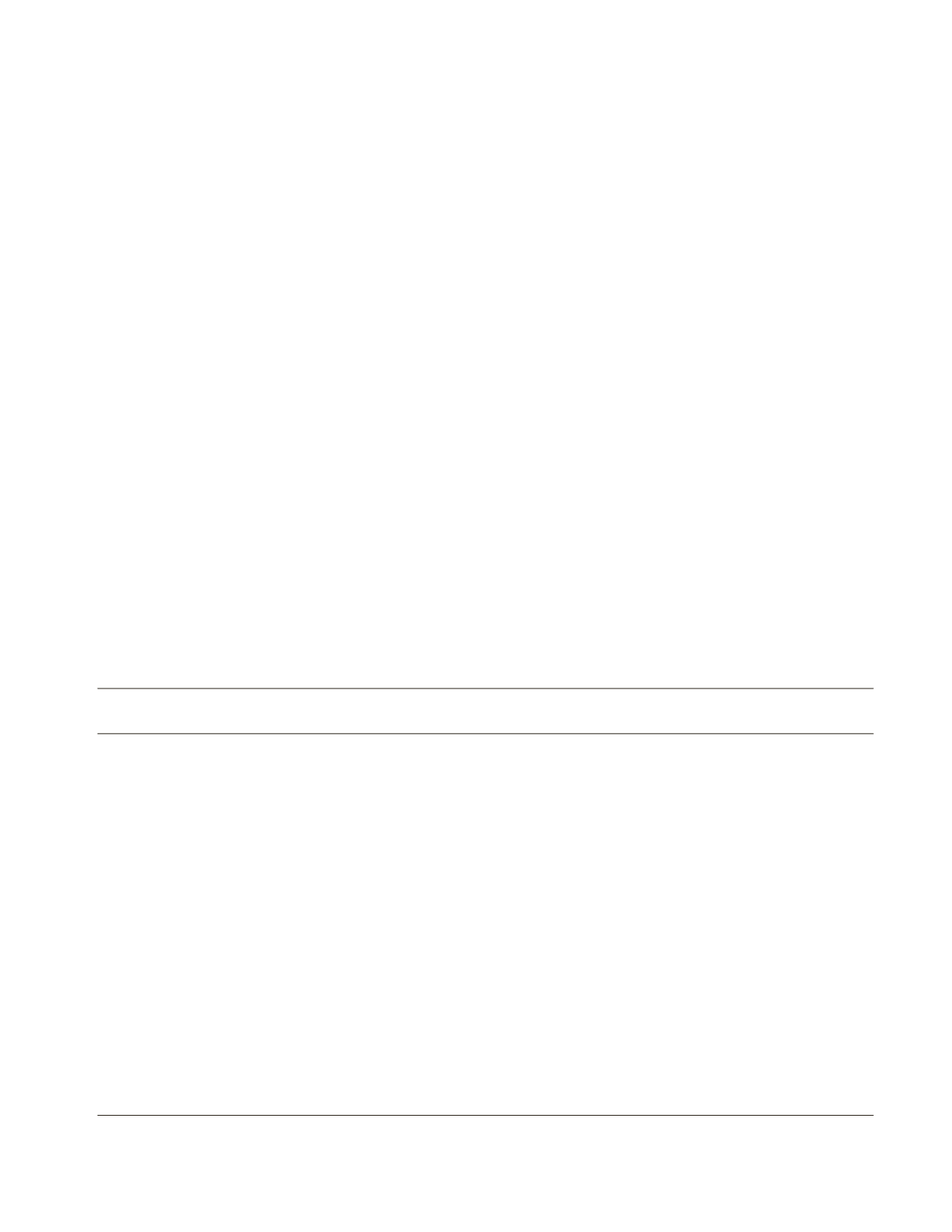
i nc lu s i ve f i nanc e i nd i a re port 2014
10
•
Majority of the respondents (71 per cent) accessed the
bank at the bank branch followed by 28 per cent who
use the ATM. The remaining either opted for a bank
website or BC agent or over the counter at a retail
store to access banking services.
•
Most states had about equal proportions of active and
inactive bank account users though there were dispari-
ties in access and especially active use of bank accounts
across gender and location within states.
Digitized Government Payments
•
Digitized government payments have the potential to
help drive greater use of digital financial services but
challenges remain.
•
12 per cent of survey respondents said that they re-
ceived payments from the government
•
13 per cent of government payment recipients reported
having to pay bribes to receive their payments.
•
Benefit payments were small, sometimes infrequent,
and did not help to expand digital transactions.
•
Beneficiaries have to be incentivized to reduce payment
cash-outs and to use linked digital products.
Table 1.4 presents the digital financial inclusion
indicators.
As can be seen from Table 1.4, 25 per cent of adults
surveyed had active digital accounts while only 20
per cent of the adults below poverty line and 18 per cent
of females had active digital accounts. However, with
respect to usage of digital services, only 5 per cent of adults
used at least one digital financial service beyond basic
wallet, person-to-person (P2P) and bill pay payments.
State-wise findings data on digital financial inclusion
are given in Table 1.5.
Goa tops the list of states in digital financial inclu-
sion with 45 per cent of adults with active digital
accounts and 44 per cent of adults below the poverty
line with active digital accounts. Delhi reports the high-
est percentage of males with active digital accounts—
46 per cent.
T
ABLE
1.4
Indicators of Digital Financial Inclusion
Indicators
%
Number of
Households
% of adults (15+) who have ever accessed a bank account
48
45,024
% of adults (15+) who have ever accessed a mobile money account
0.30
45,024
% of adults (15+) with active digital accounts
25
25
45,024
% of adults (15+) below the poverty line
26
with active digital accounts
20
35,478
% of males (15+) with active digital accounts
32
18,510
% of females (15+) with active digital accounts
18
26,514
% of rural males (15+) with active digital accounts
26
12,923
% of rural females (15+) with active digital accounts
15
18,348
% of adults (15+) who use at least one digital financial service beyond basic wallet,
person-to-person (P2P) and bill pay payments
5
45,024
% of adults (15+) below the poverty line who use at least one digital financial service beyond
basic wallet, P2P and bill pay payments
4
35,478
% of males (15+) who use at least one digital financial service beyond basic wallet, P2P and
bill pay payments
7
18,510
% of females (15+) who use at least one digital financial service beyond basic wallet, P2P and
bill pay payments
3
26,514
% of rural males (15+) who use at least one digital financial service beyond basic wallet, P2P and
5
12,923
bill pay payments
% of rural females (15+) who use at least one digital financial service beyond basic wallet, P2P and
2
18,348
bill pay payments


